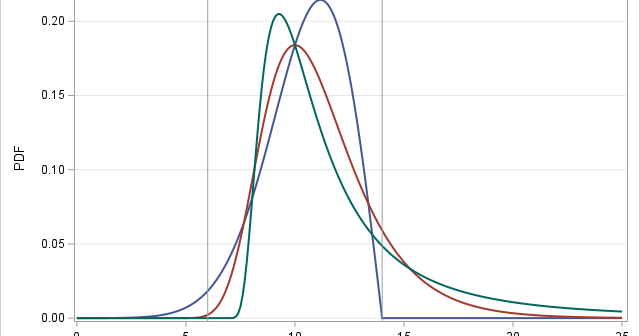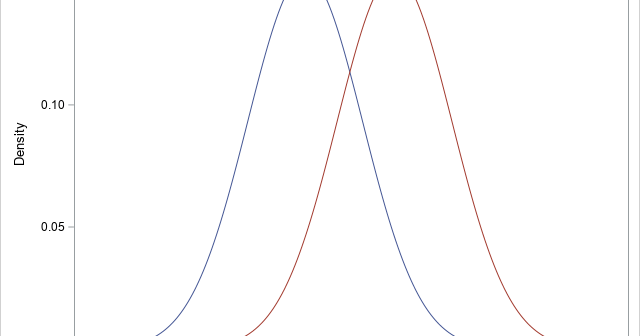The DO Loop
Statistical programming in SAS with an emphasis on SAS/IML programs
I've often wondered about the logic that the SGPLOT procedure in SAS uses to determine whether a set of graphical overlays will receive identical attributes or different attributes. (Recall that color, size, line style, and marker symbol are all examples of attributes.) I know that when you plot grouped data

In data analysis, sometimes we need to perform a preliminary task before we can analyze data. Often the task needs to be performed only once per session. For example, you might need to download or merge data prior to your analysis. Or you might need to define or load a

SAS supports more than 25 common probability distributions for the PDF, CDF, QUANTILE, and RAND functions. If you need a less-common distribution, you can implement new distributions by using Base SAS (specifically, PROC FCMP) or the SAS/IML language. On the SAS Support Communities, a SAS programmer asked how to implement

A previous article discusses Cohen's d statistic and how to compute it in SAS. For a two-sample independent design, Cohen's d estimates the standardized mean difference (SMD). Because Cohen's d is a biased statistic, the previous article also computes Hedges' g, which is an unbiased estimate of the SMD. Lastly,

What is Cohen's d statistic and how is it used? How can you compute it in SAS? This article gives some history behind Cohen's d statistic. It shows how to compute the statistic in SAS for the difference in means between two independent samples. It shows how to estimate a

SAS provides procedures to fit common probability distributions to sample data. You can use PROC UNIVARIATE in Base SAS or PROC SEVERITY in SAS/ETS software to estimate the distribution parameters for approximately 20 common distributions, including normal, lognormal, beta, gamma, and Weibull. Since there are infinitely many distributions, you may
